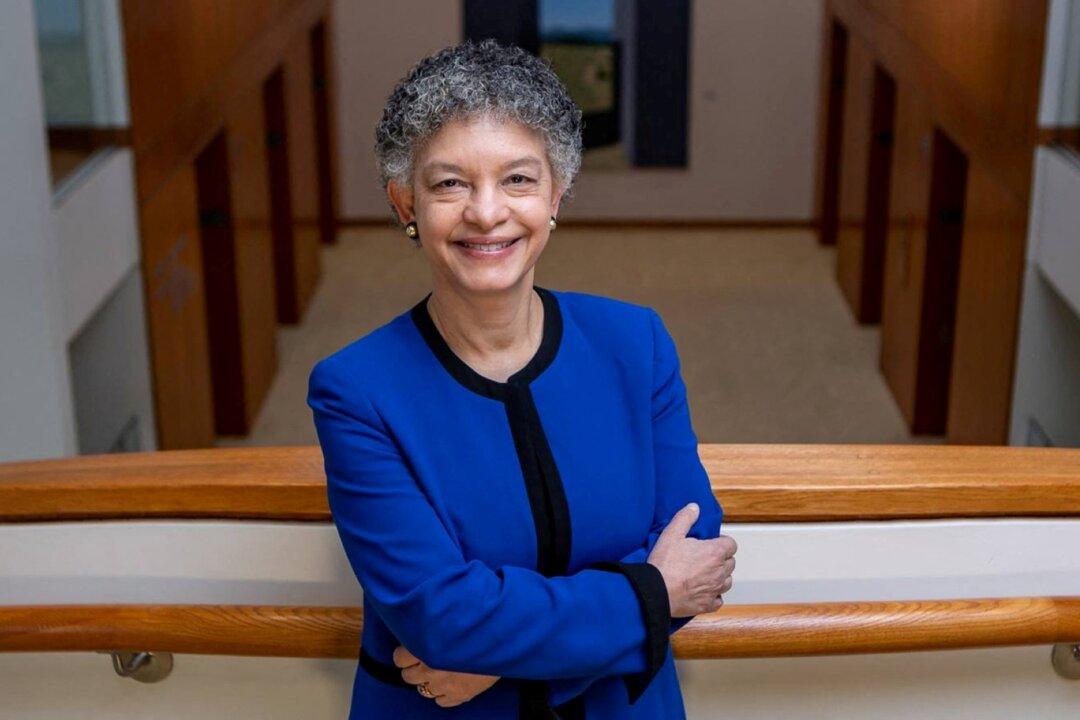The new president of the Federal Reserve Bank of Boston, Susan Collins, stated in her first public speech that unemployment needed to be increased to lower historically high inflation.
Collins further suggested any economic downturn would likely be modest, in the Sept. 25 speech to the Greater Boston Chamber of Commerce.Her comments add to similar remarks made by her colleagues, like Raphael Bostic, President of the Atlanta Fed, who spoke on CBS’s Face the Nation on Sept. 25.





